Biodiversity Conservation in the Western Himalaya: Western Himalayan Ecoregional Strategy and Action Plan
While this book focuses on rich biodiversity of Indian Western Himalayan region, it looks at it from a lens of culture, livelihoods and people. It acknowledges that people cannot be seen as the problem but must be part of the solution.
We stress not just on diversity - but on harder to measure and quantify values such as ecosystem services. Putting tangible numbers to these and focussing on the services this region provides is key to conservation. Not only are the Western Himalaya the cradle of many of the major rivers of the Indian subcontinent, but the water, silt and nutrients brought down from the mountains is critical to sustaining the high productivity of the Indo-Gangetic plains. Can we value these myriad ecosystem services into our national accounting?
This book also explores the role of people and institutions. The region is home to Van-panchayats (forest councils) one of the oldest institutions of common property management in the world. Can these play a role in conserving the various resources of this region? Can we even just look at forests and biodiversity without including economics and equity?
A considerable part of this book is focussed on issues and problems that threaten the forests and biota of this diverse landscape. But while flagging issues is important, more essential is to try and find solutions--something that has been attempted in this book.
Based on the strategy and action plan document for the Western Himalayan ecoregion, produced under the aegis of the national biodiversity strategy and action plan, this book has been modified and updated to keep it focussed on current problems and their solutions. It has inputs and thoughts from several sources - from experts and academicians to policy makers and mountain farmers.
Get it now and save 10%
BECOME A MEMBER

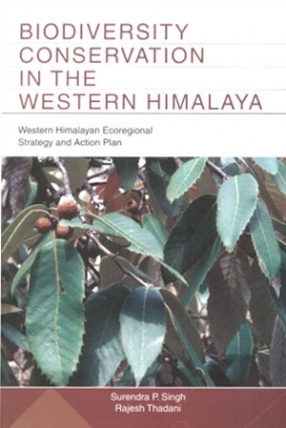

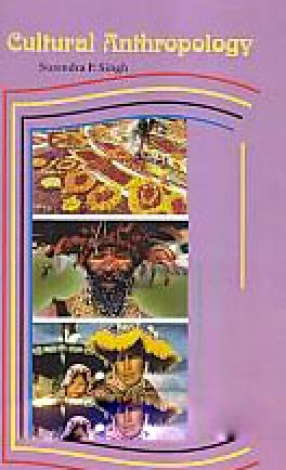
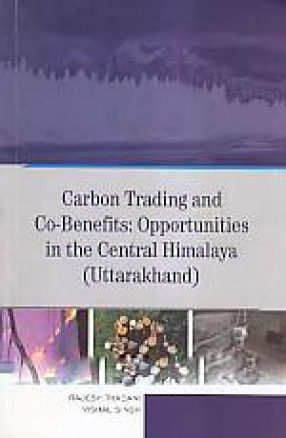
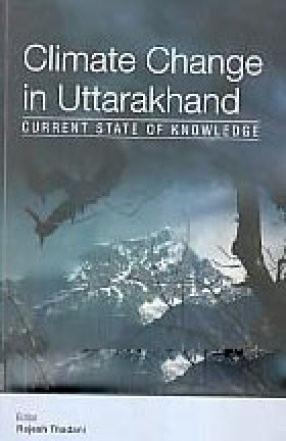

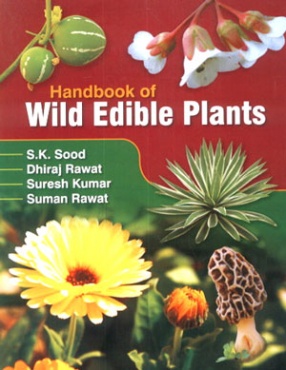
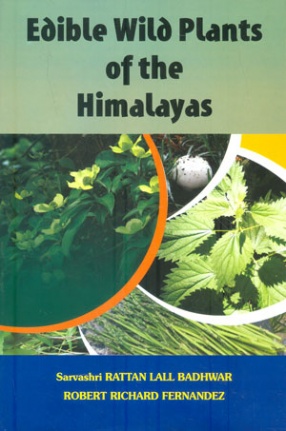


Bibliographic information
Rajesh Thadani
Tags